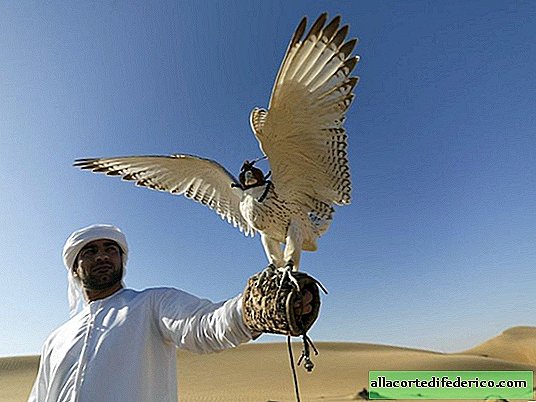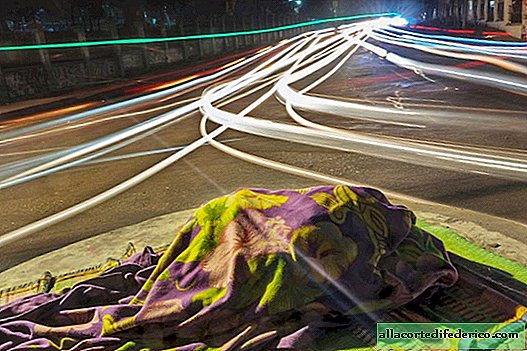Falconry: How National Treasure Endangered Wild Birds
Falconry as one of the varieties of hunting for wild animals originated in ancient times. But even with the advent of firearms, it did not disappear, but became popular among the upper classes and royalty of Europe and the East. The maintenance and training of birds requires not only special knowledge, but also significant resources, so today this type of hunting is widespread mainly in the countries of the Arab world, while in other states it is extremely rare. But this spectacular and very interesting method of hunting, which is even ranked as an object of world intangible culture, has a flip side: every year, tens and hundreds of birds die during their illegal transportation to places of detention from those countries where they are caught illegally.

The most commonly used hunters are gyrfalcon, peregrine falcon, golden eagle and saker falcon, although more than 15 species of birds from the family of falcons and hawks are suitable for this type of hunting. But the problem is that all these species can hardly breed in captivity. That is, all those birds that today are kept in different countries of the world for falconry were caught in the wild. Most of them belong to large birds of prey, which in recent decades have shown a steady decline in numbers. They are listed both in the IUCN Red List and in all kinds of bird protection bulletins. Most often, birds are taken from the nest when they are very small and do not know how to fly. In addition, birds are caught for hunting during seasonal migrations, when they are most vulnerable.
Gyrfalcon, which lives in the northern latitudes, is one of the most popular birds for falconry in the Gulf countries. The price of a bird of this species can reach tens of thousands of US dollars. Every year, dozens of birds suffer from poaching and illegal export, including those that are exported from Russia. Demand for gyrfalcons is consistently high: due to the large difference in climate, the gyrfalcons found in southern countries do not differ in longevity, and more and more specimens are required to replace dead birds. The financial condition of the elite allows them to acquire and maintain a large number of birds in captivity, so biologists have long been concerned about the fate of wild gyrfalcons that live in Russia. Despite the fact that at least 3.5 thousand pairs of gyrfalcons live in our country today, the state of the population of these birds causes alarm among biologists.

Falcon Saker Falcon is another bird used in falconry. These birds are even fewer than gyrfalcons. In Russia, they are found in the south of the country and also suffer from poaching.
In recent years, the creation of a kennel for breeding of gyrfalcons for subsequent sale to the Arab countries is often discussed. But the future legal status of these birds is not completely clear. In order to start breeding, you will have to either remove the chicks from the wild, which is a violation of the law, or import birds from the Arab countries. But there they also turned out to be illegal, because gyrfalcons do not live in these parts, and therefore, they could get there only as a result of illegal export. Currently, the possibility of creating such a nursery in Kamchatka is being discussed with the direct support and financial participation of the United Arab Emirates. At the moment, experts are deciding how much this nursery will comply with existing environmental laws. In addition, ornithologists fear that individuals caught in the wild may be exported abroad under the guise of captive-raised birds.

















